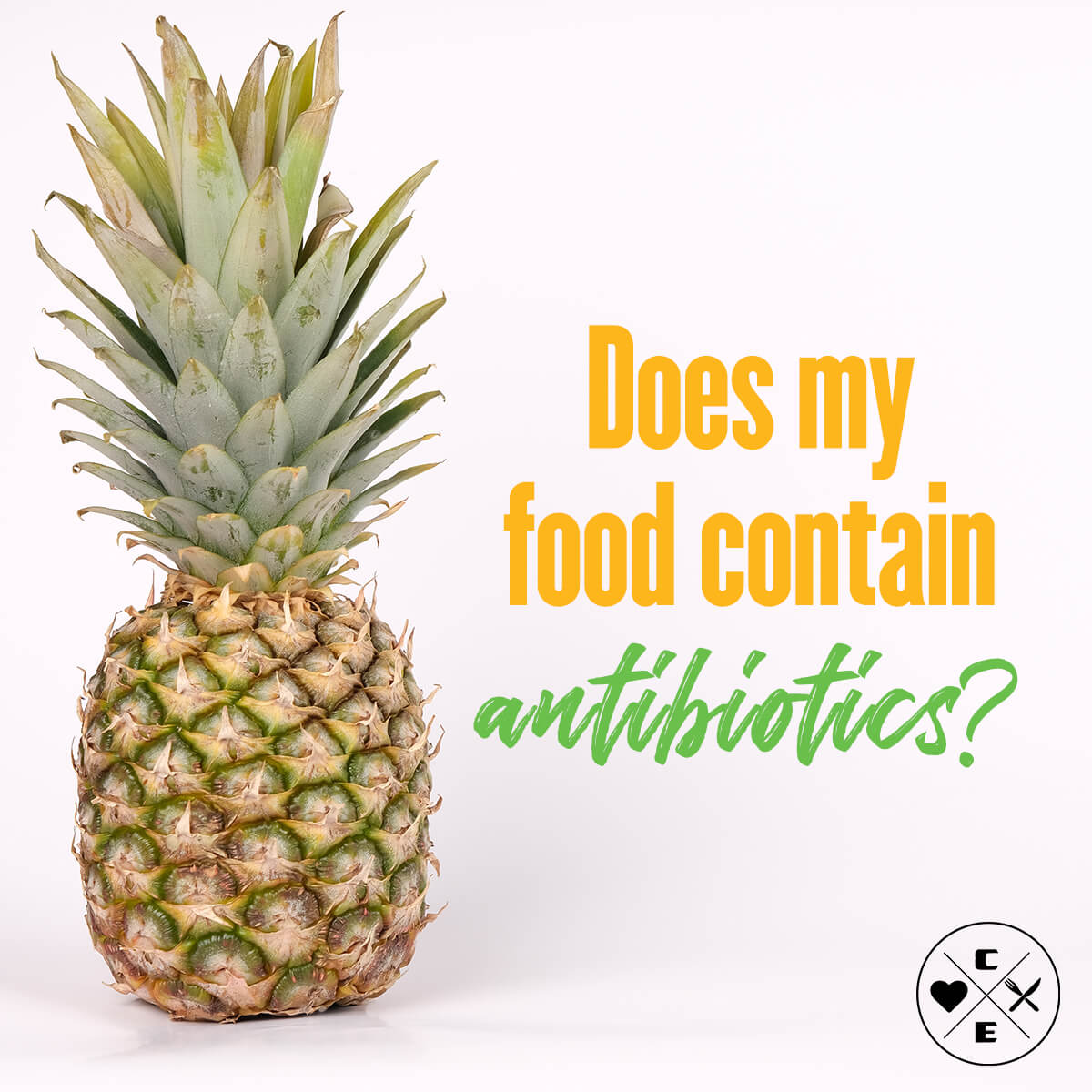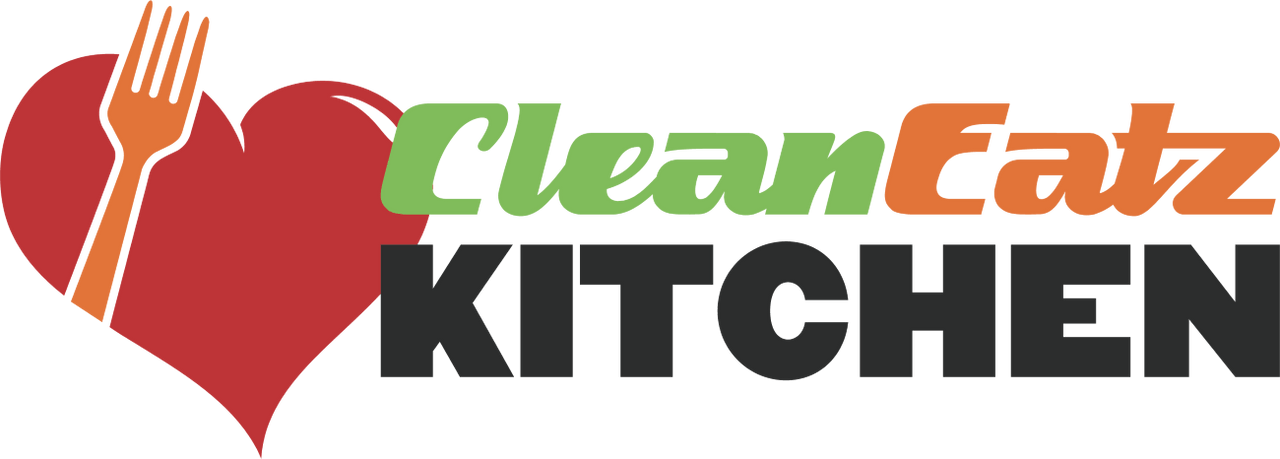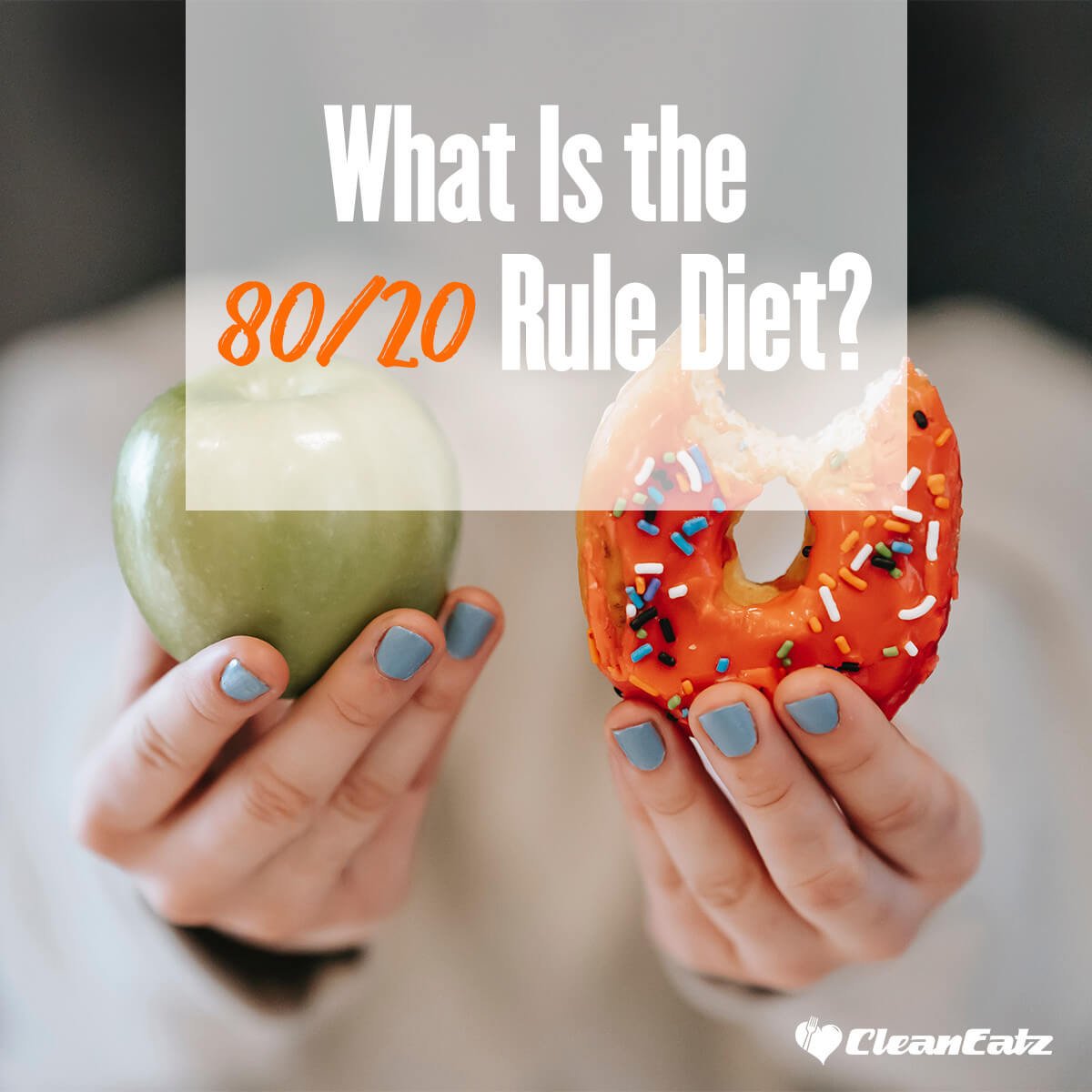
Antibiotics in Food | Why are Antibiotics Used in Food Production
Crystal Zabka-Belsky, MS, RDN, CSSD, LMNT, LDN
Nutrition
|
Healthy Recipes
6 minute read
Why are antibiotics used in food production? In order to understand the application of these antibiotics in food, it is important to discuss why they are used in animal-based food sources like meat, dairy, and eggs in the first place. Antibiotics for animals are generally used in two ways. It began with the use of antibiotics to treat an active bacterial infection present in an individual animal or group of animals involved in food production. Over time, the use of antibiotics grew to include the incorporation of antibiotics proactively to prevent infections in animals in addition to their feed. This evolution of use has resulted in controversy, as it has led to the development of several health-related concerns.
The potential for antibiotic residue in foods produced from antibiotic-treated animals is dependent upon the geographical location and type of food being produced from these animals. Interestingly, something that many people don’t realize is that antibiotics can also be found in fruits, vegetables, and grains secondary to water and soil being contaminated.
Are There Regulations on Antibiotics in Food?
According to the World Health Organization, many countries have already taken action to reduce and minimize the use of antibiotics in food production (Stop using antibiotics in healthy animals to prevent the spread of antibiotic resistance (who.int)). Regulations related to antibiotic use are constantly evolving, with study outcomes consistently demonstrating that minimizing use directly minimizes risk to the public. Research is also underway to take a closer look at the efficacy of probiotics and herbal remedies as an alternative strategy for managing the health of animals raised for food production (The public health issue of antibiotic residues in food and feed: Causes, consequences, and potential solutions - PMC (nih.gov)). A benefit of all the restrictions now being put on the use of antibiotics is that it has forced the search for natural and safe ways to protect animals during food production and humans who will consume the resulting food products. Research outcomes have shown that the use of probiotics based on lactic acid bacteria has demonstrated a positive effect on the growth and use of feed by broilers, on the stabilization of the intestinal microbiota of chickens and pigs, and in the prevention of mastitis in dairy cows. These outcomes are very promising a strategy to reduce the direct presence and residual presence of antibiotics in food produced. The use of both probiotics and postbiotics has also been shown to reduce the occurrence of pathogens in large-scale farms. This developing science is expected to produce more and more protection for the public as food production strategies change.
Are There Antibiotics in the Food We’re Currently Consuming?
According to the Food and Drug Administration’s Center for Veterinary Medicine, a five-year action plan was developed with the intention to support antimicrobial stewardship in veterinary settings. The plan, which spans 2019 to 2023, aims to limit or reverse resistance arising from the use of antibiotics in animals while simultaneously continuing to ensure the public’s availability of safe and effective antibiotics for use in animals and humans to treat active bacterial infections. Now, at the tail end of this action plan, we have seen significant improvements and adaptations in food production that continue to push for safer food production, and as a result, greater confidence in safer food consumption.
What Antibiotics are Contained in Food?
As quoted by the US Food and Drug Administration related to accomplishments throughout this action plan, “Implementation of Guidance for Industry (GFI) #213, New Animal Drugs and New Animal Drug Combination Products Administered in or on Medicated Feed or Drinking Water of Food-Producing Animals, brought all 292 approved applications for medically important antimicrobials intended for use in the feed and drinking water of food-producing animals under veterinary oversight or voluntarily withdrew their approvals. Based on the FDA 2021 Summary Report on Antimicrobials Sold or Distributed for Use in Food-Producing Animals, this represents approximately 97%, by weight, of all medically important antimicrobials sold/distributed for use in food-producing animals in the United States. The remaining 3%, by weight, of medically important antimicrobials include products approved for routes of administration other than feed or drinking water.”
What’s the Outlook for Antibiotics in Food?
What does this mean? It means that the use of antibiotics has dramatically changed to include oversight by a veterinarian, creating increased accountability for safety and consistency with USDA and FDA regulations. What happens next? There will be a continued focus on transitioning from the use of over-the-counter medications to veterinarian oversight across the board, as well as increased attention to the duration of use and associated outcome data. There will also be an increased focus on monitoring, inspections, and the development of alternative treatment methods such as probiotics, postbiotics, and herbal remedies to continue to reduce the presence of antibiotics in food production. Services like Clean Eatz align with this trend by providing healthier meal options, meeting the demand for antibiotic-conscious food choices. Their meal plan delivery is quick and affordable for everyone.
Final Thoughts
How does this relate to the food provided to you by Clean Eatz cafes and Clean Eatz Kitchen? Our brand prides itself on the mission to be more than a restaurant that offers healthy food. We are heart-driven to change lives through clean, balanced food, thought-provoking education, and motivational support that inspires results. We know personal wellness is not one-size-fits-all, so we craft nutritional products and fitness opportunities that meet the needs of every type of lifestyle. We are committed to choosing the cleanest ingredients based on USDA guidelines and FDA regulations to ensure the safety and well-being of our customers.
FAQ
How do antibiotics end up in the food we consume?
When antibiotics are administered to animals, residues can remain in their tissues, such as muscles and organs. If these animals are slaughtered for meat or if their milk is used for dairy products, traces of antibiotics can end up in the food products that humans consume.
Are antibiotics in food harmful to human health?
The presence of antibiotics in food raises concerns about the development of antibiotic resistance in humans. Regular exposure to low levels of antibiotics in food can contribute to the development of antibiotic-resistant bacteria in both animals and humans, potentially reducing the effectiveness of antibiotics for treating infections.
Can consuming food with antibiotics lead to antibiotic resistance?
Yes, there is a potential link between consuming food with antibiotics and the development of antibiotic resistance. When humans consume food products containing low levels of antibiotics, it can contribute to the selection and growth of antibiotic-resistant bacteria in the gut, which can then spread to other environments.
How are regulations addressing antibiotics in food?
Many countries have implemented regulations to control the use of antibiotics in food production. Some have banned the use of certain antibiotics for growth promotion, while others have implemented withdrawal periods before animals are slaughtered or their products are harvested to reduce antibiotic residues in food.
Related Articles
The Link Between Exercise and Energy Level
7 minute read
How Much Water Should You Drink A Day?
12 minute read



